The animal kingdom is filled with incredible and diverse parenting styles that ensure the survival of the next generation. From the deep oceans to bustling forests, animals employ unique strategies to nurture their young, showcasing both the marvel and necessity of parental care in nature. Understanding these fascinating examples sheds light on the complexities of wildlife and the creativity of evolution as it relates to survival tactics.
1. Emperor Penguins: The Ultimate Custodians of Cold

In the icy expanse of Antarctica, emperor penguins showcase remarkable parental endurance. As the mother penguins journey to the sea for sustenance, the fathers remain behind to incubate the single egg. Balancing it on their feet and covering it with a flap of skin, they endure the fierce winter winds and sub-zero temperatures. For about two months, these dedicated dads will lose nearly half of their body weight in the process. Once the mother returns, she regurgitates food for the newly hatched chick, allowing the exhausted father to finally feed.
2. Sea Otters: Floating Nurseries

Sea otters are known for their meticulous grooming and care for their pups. These marine mammals wrap their young in kelp to keep them secure while they dive for food. The buoyant kelp acts like a natural playpen, allowing pups to float safely until their mothers return. Sea otters also display an unusual level of devotion by grooming their pups constantly, ensuring their fur is dense and waterproof—a vital trait for survival in cold waters.
3. Kangaroos: Pouch Protectors
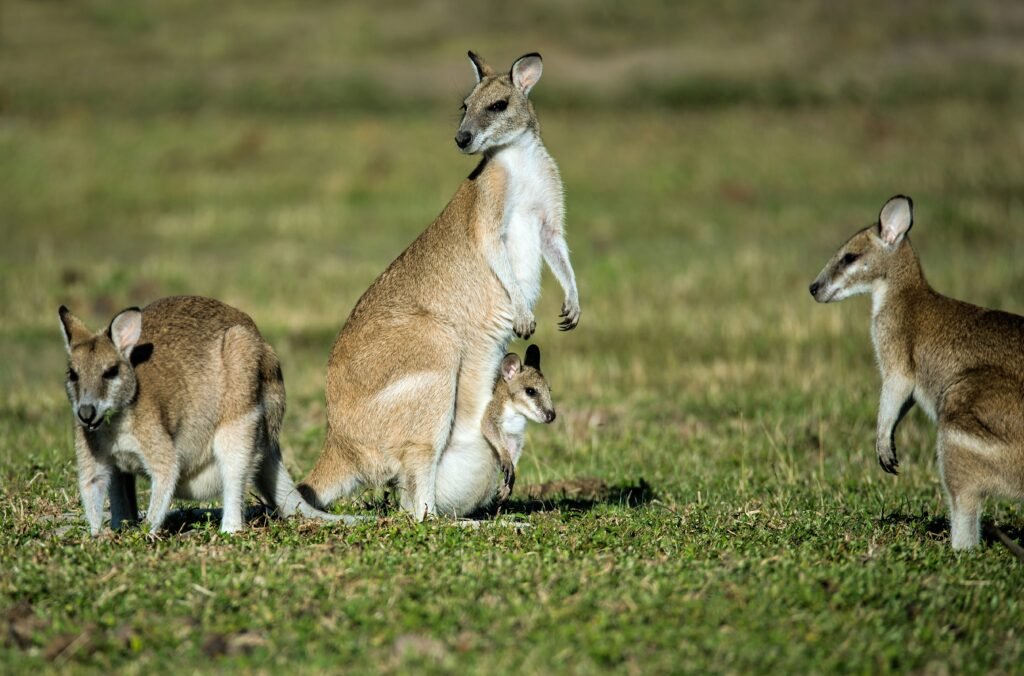
Kangaroos raise their young — known as joeys — in the protective confines of their pouches. After birth, the tiny joey, no larger than a jellybean, instinctively crawls into the mother’s pouch to continue developing. Within this secure environment, the joey receives nourishment and gradually grows until it’s mature enough to explore the outside world. This method of parenting allows kangaroos to keep their offspring safe from predators.
4. Elephants: The Matriarchal Mentors

Elephants live in close-knit family groups led by the oldest female, known as the matriarch. Elephant calves are raised collectively, benefiting from the wisdom and protection offered by the group. This social structure allows calves to learn essential survival skills, such as identifying food sources and understanding social cues, under the watchful eyes of the adults. The communal approach ensures the safety and development of young elephants as they grow within a nurturing environment.
5. Cichlid Fish: Mouthbrooding Marvels
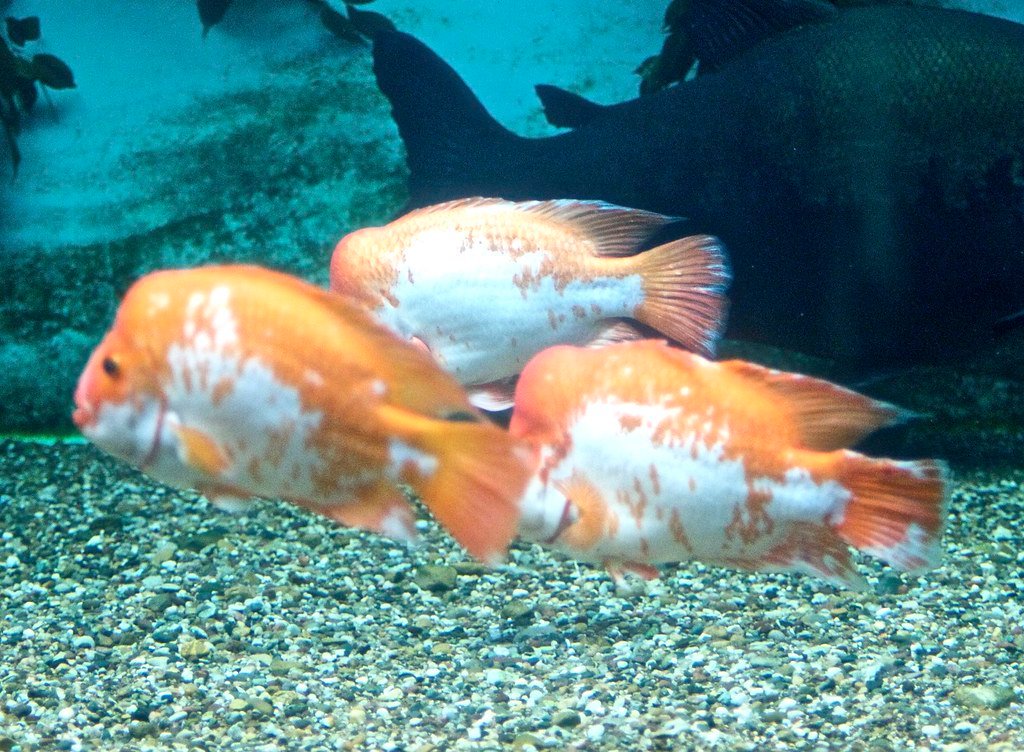
Among cichlid fish, the instinct for protection and parenting reaches a unique peak with mouthbrooding. After the eggs are fertilized, a parent — often the female — will scoop them into their mouth. The young are kept safely inside until they are ready to swim on their own. This strategy not only protects them from predators but also ensures they have a cushioned start to life in the aquatic world.
6. Alligators: Guardians of the Swamps

Despite their fearsome reputation, alligators are surprisingly attentive parents. After laying a batch of eggs, mother alligators remain vigilant, guarding the nest from predators. Once the eggs hatch, the mother gently transports the hatchlings to the water in her mouth. She continues her protective watch, keeping the young close and teaching them survival skills essential for their new life in the swamp.
7. Octopuses: Self-Sacrificing Sentinels
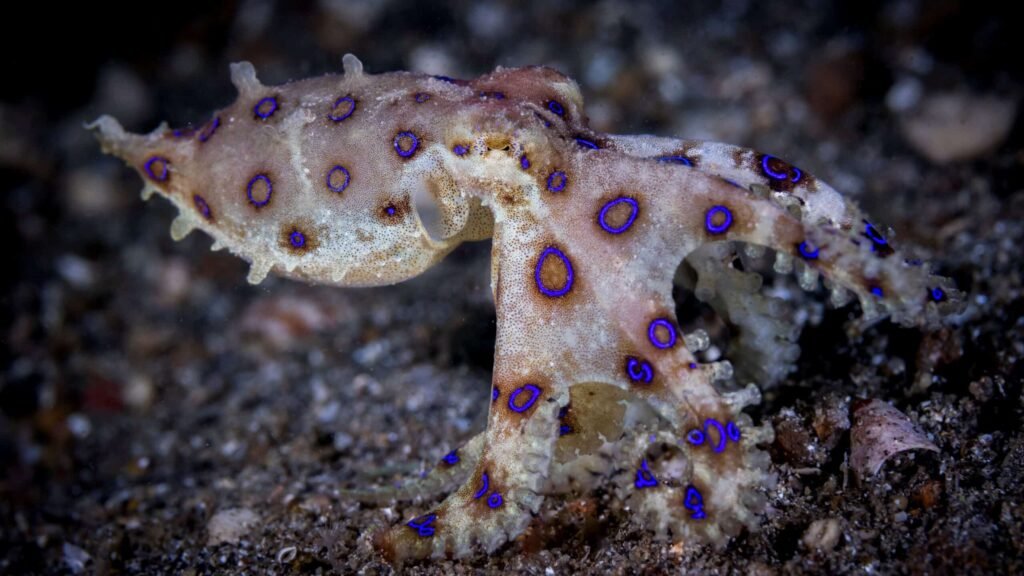
Octopuses are renowned for their intelligence, and their parental strategies are equally impressive. Female octopuses tend their eggs devotedly, fanning them with water to supply oxygen and guarding them against threats. The commitment runs so deep that the mother often forgoes food, sacrificing herself for the well-being of her offspring. Once the eggs hatch, she typically dies, having invested everything in the next generation.
8. Wolves: Pack Parenting
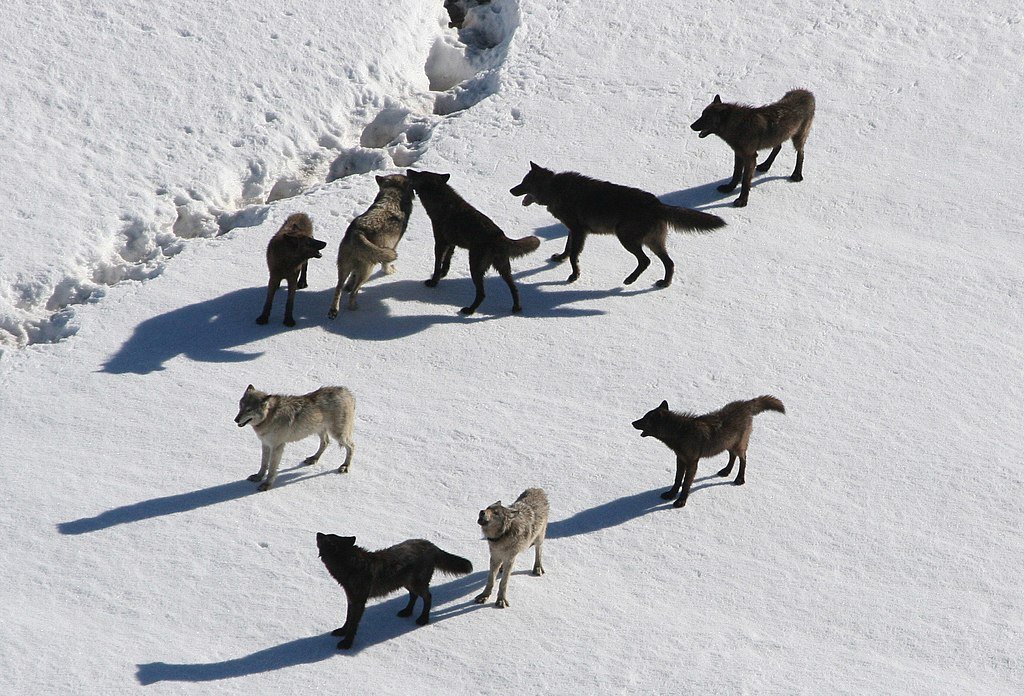
Wolf packs operate as extended families with cooperative care strategies for raising pups. While the alpha pair typically breeds, all members of the pack contribute to feeding and teaching the young. Through play and observation, pups learn critical social and survival skills, supported by the collective efforts of the group. This shared responsibility exemplifies the social bonds and teamwork that define the wolf’s way of life.
9. Poison Dart Frogs: Strategic Transportation
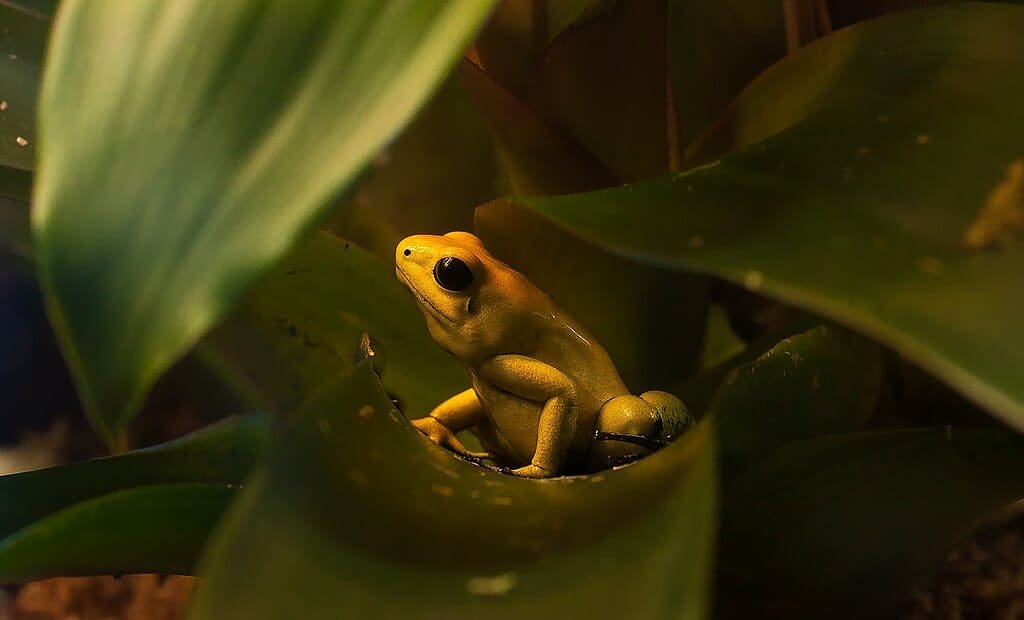
In the rainforests where poison dart frogs reside, parental dedication is seen in the intricate strategy of transporting tadpoles. Once hatched, the father carries each tadpole on his back, traveling through the forest to find suitable water bodies that provide food and protection. This labor-intensive task showcases the frogs’ commitment to ensuring each offspring gets the best chance of maturing safely into adulthood.
10. Orangutans: Solo Caregivers
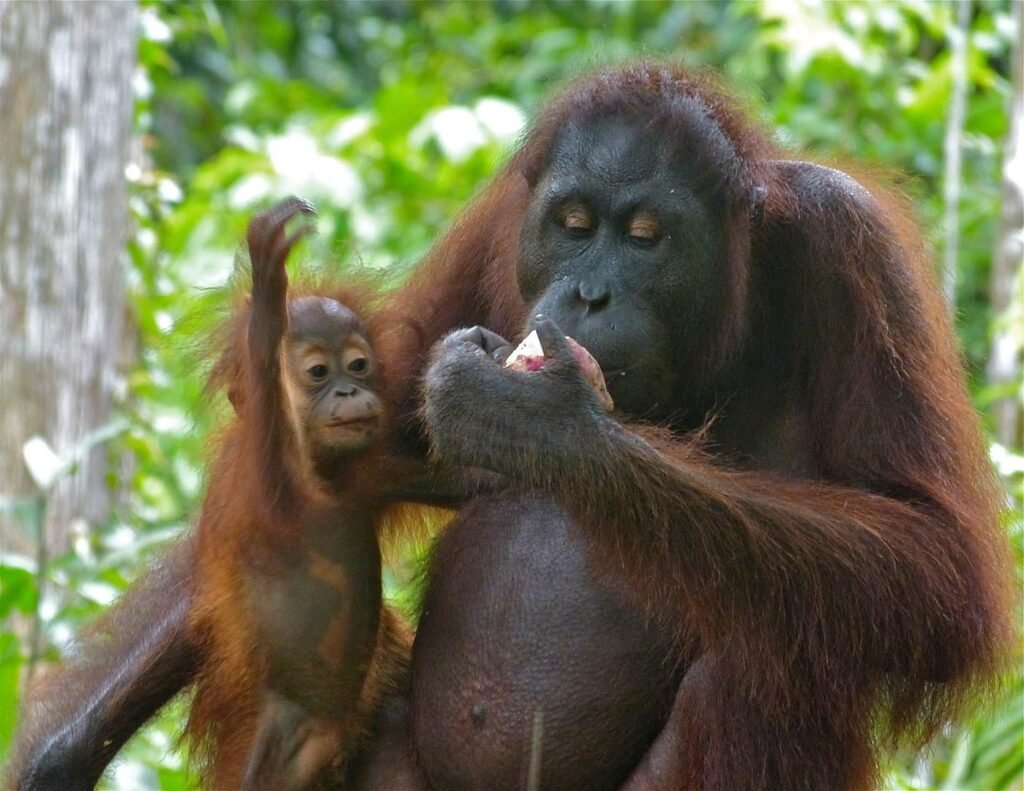
Orangutan mothers are solitary creatures, raising their young without the assistance of a community. The bond between a mother and her infant is incredibly strong, lasting up to eight years. During this time, the young learn everything from foraging skills to social behavior. The mother’s guidance and close relationship provide a foundation for the emotional and practical skills necessary for an independent life in the wild.
11. Albatrosses: Committed Couples
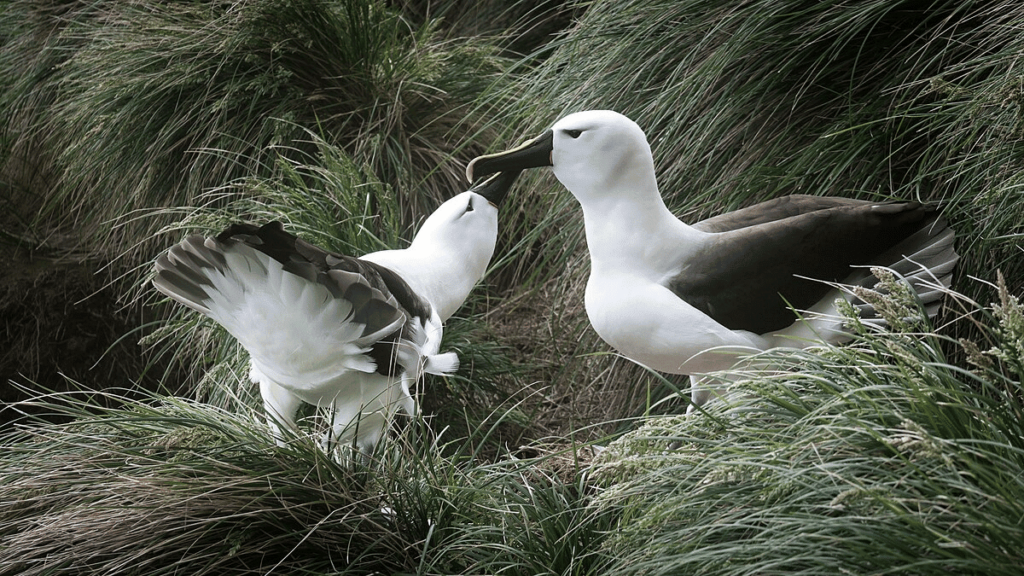
Albatrosses are noted for their long-term partnerships and shared parenting duties. These seabirds engage in meticulous incubation shifts, alternating between foraging at sea and nest duties. This joint effort ensures each chick receives ample warmth and protection on remote island breeding grounds. The strong pair bonds and coordinated teamwork highlight the birds’ commitment to the continuation of their lineage.
12. Meerkats: Community Caretakers

Meerkats exhibit a cooperative approach to parenting, with all members of the group contributing to the care of the young. Adult meerkats take turns babysitting pups while others forage or keep watch for predators. This collective strategy ensures that each pup is well-fed, safe, and socialized, benefiting from a supportive and dynamic community environment.
Conclusion: Nature’s Diverse Parenting Spectrum
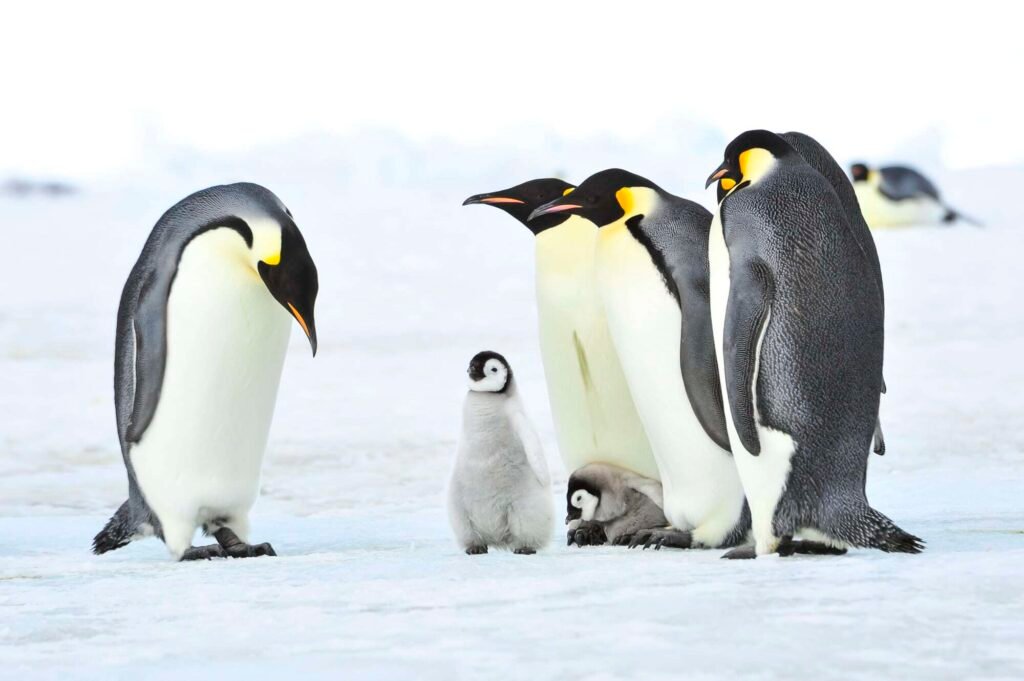
The array of parenting strategies seen across the animal kingdom highlights the power of adaptability and innovation in evolution. From devoted vigilance to communal upbringing, these examples underscore the varied paths nature has carved out for survival. By appreciating these incredible stories of animal parenting, we gain insight into the complex interplays of survival, adaptation, and the innate drive to nurture the next generation.




